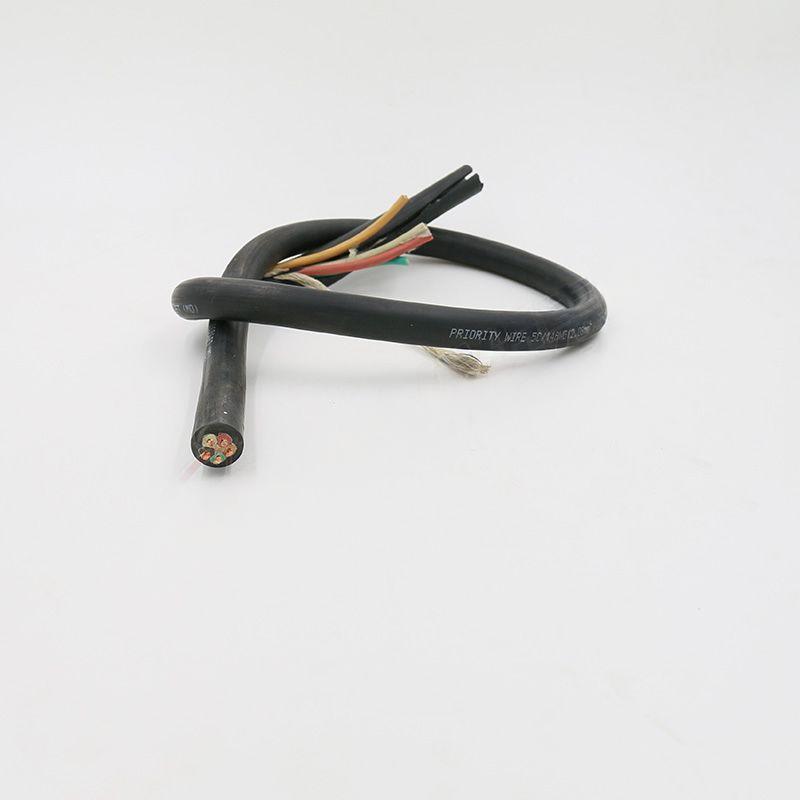9 月 . 28, 2024 00:08 Back to list
Manual Control Air Valve for Optimal System Performance and Efficiency
Understanding Manual Air Valves A Comprehensive Guide
Manual air valves are essential components in various pneumatic systems, used to control the flow of air in industrial, automotive, and HVAC applications. These valves function by allowing or blocking the movement of air depending on the operator's input, providing an effective means of regulating air pressure and flow. In this article, we will explore the functionality, applications, and advantages of manual air valves.
What is a Manual Air Valve?
A manual air valve is a mechanical device that controls the flow of compressed air through a system. Unlike automatic valves that operate based on sensors or electronic controls, manual valves require human intervention to open or close, making them straightforward and easy to use. They come in various designs, including globe, ball, butterfly, and gate valves, each serving different functions and applications.
How Do Manual Air Valves Work?
The operation of a manual air valve involves a simple mechanism. The valve is equipped with a handle or a lever that an operator can manipulate. When the handle is turned or pulled, it either opens or closes the valve, allowing or blocking air passage. The internal structure of the valve may vary, but the basic principle remains the same control over airflow is achieved through physical movement rather than automated processes.
Applications of Manual Air Valves
Manual air valves find applications across diverse industries. In manufacturing, they are used to control pneumatic tools, enabling operators to start and stop air flow as needed. In automotive industries, they facilitate the operation of airbrakes and suspension systems. In the HVAC sector, these valves help regulate air distribution in ventilation systems, ensuring optimal climate control in buildings.
manual air valve

Moreover, manual air valves are commonly found in laboratories and research facilities, where precise air control is necessary for various experiments and processes. Their simplicity and reliability make them an ideal choice for many applications where automated systems may not be required or feasible.
Advantages of Manual Air Valves
One of the key advantages of manual air valves is their cost-effectiveness. Generally, they are less expensive than automated valves, making them an attractive option for budget-conscious businesses. Additionally, their simple design means they are often easier to maintain and repair, which can further reduce long-term operational costs.
Manual air valves also offer a high degree of control. Operators can make immediate adjustments to air flow based on real-time conditions or operational needs. This flexibility is particularly beneficial in environments where variables frequently change and precise control is necessary.
Furthermore, manual valves typically have fewer components that can malfunction or fail, contributing to their reliability. In situations where power sources are unavailable or where system complexity needs to be minimized, manual air valves represent a reliable solution.
Conclusion
In conclusion, manual air valves play a crucial role in various applications by allowing for controlled airflow and pneumatic operations. Their straightforward design, coupled with their reliability and cost-effectiveness, makes them an indispensable component in many industries. Whether in manufacturing, automotive, or HVAC systems, manual air valves empower operators with the ability to manage air flow efficiently, highlighting their importance in today's complex industrial environments. By understanding their functionality and benefits, companies can make informed decisions when integrating pneumatic systems into their operations.
Share
-
Understanding the Differences Between Wafer Type Butterfly Valve and Lugged Butterfly ValveNewsOct.25,2024
-
The Efficiency of Wafer Type Butterfly Valve and Lugged Butterfly ValveNewsOct.25,2024
-
The Ultimate Guide to Industrial Swing Check Valve: Performance, Installation, and MaintenanceNewsOct.25,2024
-
Superior Performance with Industrial Swing Check Valve: The Essential Valve for Any SystemNewsOct.25,2024
-
Industrial Swing Check Valve: The Ideal Solution for Flow ControlNewsOct.25,2024
-
You Need to Know About Industrial Swing Check Valve: Functionality, Scope, and PerformanceNewsOct.25,2024